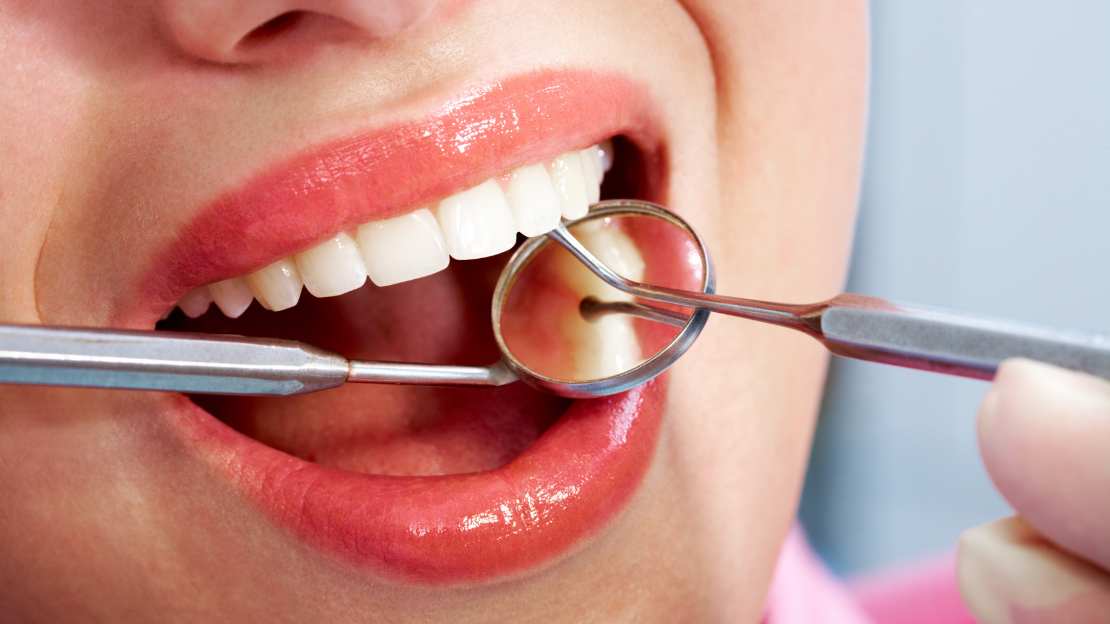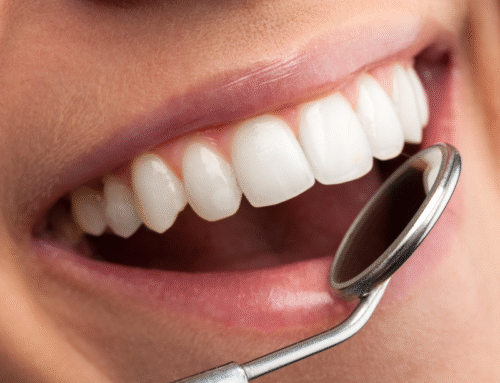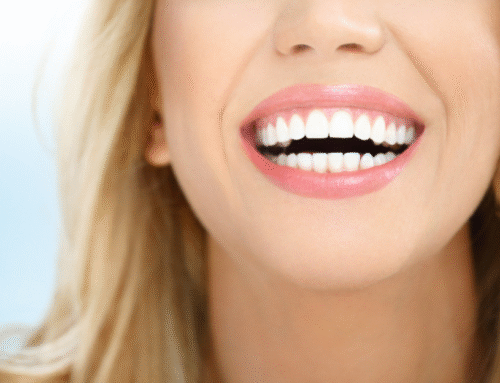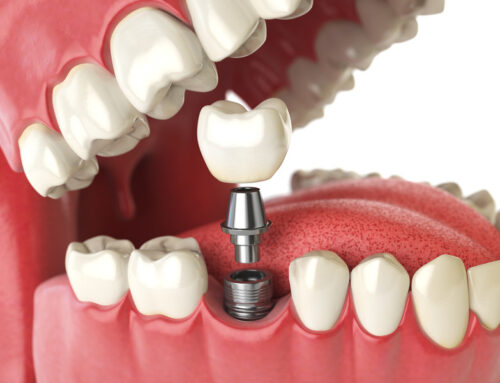When it comes to preserving your smile and maintaining optimal oral health, addressing damaged or decayed teeth promptly is essential. One highly effective solution for restoring teeth is the use of onlays, a versatile dental restoration that bridges the gap between fillings and crowns. Onlays offer a conservative yet durable approach to repairing teeth, ensuring both functionality and aesthetics. In this blog, we’ll explore why onlays are a preferred choice for restoring teeth, their benefits, the procedure, and how they compare to other dental restorations. Whether you’re dealing with tooth decay, cracks, or other damage, understanding the importance of onlays can help you make informed decisions about your dental care.
What Are Dental Onlays?
Dental onlays are custom-made restorations designed to repair teeth that have sustained moderate to severe damage or decay but don’t require a full crown. Often referred to as “partial crowns,” onlays cover one or more cusps of the tooth and part of the chewing surface, providing a precise fit that restores the tooth’s structure and strength. Unlike traditional fillings, which fill cavities within the tooth, onlays extend over the outer edges, offering enhanced durability. They are typically crafted from high-quality materials like porcelain, composite resin, or gold, ensuring a natural appearance and long-lasting results.
Onlays are ideal for patients with damage that is too extensive for a filling but not severe enough to warrant a full crown. By preserving more of the natural tooth structure, onlays provide a conservative approach that prioritizes oral health while delivering exceptional outcomes.
Why Onlays Are Important for Restoring Teeth
The importance of onlays for restoring teeth lies in their ability to address a range of dental issues effectively. Here’s why onlays are a critical tool in modern dentistry:
- Preserving Natural Tooth Structure
One of the primary benefits of onlays is their conservative nature. Unlike crowns, which require significant removal of healthy tooth material, onlays are designed to preserve as much of the natural tooth as possible. This approach maintains the tooth’s integrity, reducing the risk of further damage or complications. By focusing only on the damaged areas, onlays help patients retain their natural smile while ensuring long-term durability.
- Superior Strength and Durability
Onlays are crafted from robust materials like porcelain or composite resin, which are highly resistant to wear and tear. This makes them an excellent choice for restoring teeth that endure significant chewing forces, such as molars. Unlike traditional fillings, which may wear down or crack over time, onlays provide a stronger, more reliable solution, often lasting 10–20 years or more with proper care.
- Aesthetic Excellence
For patients concerned about the appearance of their smile, onlays offer a seamless, natural look. Porcelain onlays, in particular, can be color-matched to blend perfectly with your surrounding teeth, ensuring a flawless finish. This aesthetic advantage makes onlays a popular choice for restoring teeth in visible areas of the mouth, enhancing both confidence and oral health.
- Versatility in Treating Dental Issues
Onlays are incredibly versatile, capable of addressing various dental problems, including:
- Tooth decay: Onlays can repair cavities that are too large for standard fillings.
- Cracked or fractured teeth: They restore structural integrity to teeth weakened by cracks.
- Worn teeth: Onlays rebuild teeth that have worn down due to grinding or erosion.
- Cosmetic enhancements: They improve the shape and appearance of damaged teeth.
This versatility makes onlays a go-to solution for many dental restorations, offering a balance of functionality and aesthetics.
- Minimally Invasive Procedure
The process of placing an onlay is less invasive than that of a full crown, requiring less alteration of the natural tooth. This not only preserves healthy tooth structure but also reduces discomfort and recovery time, making it a patient-friendly option for restoring teeth.
The Onlay Procedure: What to Expect
Understanding the process of getting an onlay can help ease any concerns about the treatment. Here’s a step-by-step overview of what to expect when receiving an onlay for restoring teeth:
- Consultation and Examination: Your dentist will evaluate your tooth using X-rays and a clinical exam to determine if an onlay is the best solution. They’ll discuss your options and answer any questions about the procedure.
- Tooth Preparation: The dentist will remove any decayed or damaged portions of the tooth and shape it to accommodate the onlay. This step ensures a precise fit and optimal bonding.
- Impression: A digital or physical impression of the tooth is taken and sent to a dental lab, where the custom onlay is crafted. In some cases, advanced technology like CAD/CAM systems allows for same-day onlays.
- Temporary Restoration: While the permanent onlay is being created, a temporary restoration may be placed to protect the tooth.
- Placement: Once the onlay is ready, the dentist will check its fit and bond it to the tooth using dental cement. The onlay is then polished to ensure a smooth, natural feel.
- Follow-Up: Your dentist may schedule a follow-up visit to ensure the onlay is functioning properly and that you’re satisfied with the results.
The entire process is designed to be efficient and comfortable, with most patients resuming normal activities immediately after placement.
Onlays vs. Other Dental Restorations
To fully appreciate the importance of onlays for restoring teeth, it’s helpful to compare them to other common dental restorations:
- Fillings: While fillings are suitable for small cavities, they lack the strength and coverage of onlays, making them less effective for larger areas of damage.
- Crowns: Crowns cover the entire tooth, requiring more extensive preparation. Onlays are a less invasive alternative for teeth with moderate damage.
- Inlays: Inlays are similar to onlays but are confined to the center of the tooth, without covering the cusps. Onlays provide greater coverage and strength.
By offering a middle ground between fillings and crowns, onlays provide a tailored solution that balances preservation, durability, and aesthetics.
How Onlays Enhance Oral Health
Beyond their immediate restorative benefits, onlays contribute significantly to long-term oral health. By sealing damaged areas, they prevent further decay and protect the tooth from bacteria. Their custom fit ensures proper alignment and bite, reducing the risk of issues like tooth sensitivity or misalignment. Additionally, onlays are easy to maintain with regular brushing, flossing, and dental checkups, making them a practical choice for restoring teeth and promoting overall oral wellness.
Tips for Maintaining Your Onlays
To ensure the longevity of your dental onlays, follow these simple care tips:
- Practice Good Oral Hygiene: Brush twice daily and floss to prevent plaque buildup around the onlay.
- Avoid Hard Foods: Refrain from chewing on ice, hard candies, or other items that could damage the onlay.
- Wear a Mouthguard: If you grind your teeth at night, a custom mouthguard can protect your onlays.
- Attend Regular Checkups: Routine dental visits allow your dentist to monitor the condition of your onlays and overall oral health.
By incorporating these habits, you can enjoy the benefits of your onlays for years to come.
Why Choose Onlays for Your Dental Needs?
The importance of onlays for restoring teeth cannot be overstated. Their ability to preserve natural tooth structure, provide lasting durability, and enhance the appearance of your smile makes them a standout choice in restorative dentistry. Whether you’re dealing with tooth decay treatment, cracked tooth repair, or other dental concerns, onlays offer a minimally invasive, aesthetically pleasing solution that prioritizes your oral health.
Trust Maple Hill Family Dentistry for Your Onlay Needs
At Maple Hill Family Dentistry, our skilled team of dentists is dedicated to providing exceptional care tailored to your unique needs. With years of experience in dental restorations, including porcelain onlays and custom dental restorations, we use state-of-the-art technology to deliver precise, comfortable, and long-lasting results. Our patient-centered approach ensures you feel confident and informed every step of the way. Ready to restore your smile? Schedule your appointment today with Maple Hill Family Dentistry and experience the difference of compassionate, expert dental care.
FAQs About Onlays for Restoring Teeth
Q: What is the difference between an onlay and a crown?
A: An onlay is a partial restoration that covers one or more cusps of the tooth, while a crown covers the entire tooth. Onlays are less invasive, preserving more of the natural tooth structure.
Q: How long do dental onlays last?
A: With proper care, dental onlays can last 10–20 years or more, depending on the material used and your oral hygiene habits.
Q: Are onlays painful to get?
A: The onlay procedure is typically painless, as local anesthesia is used during tooth preparation. Most patients experience minimal discomfort and a quick recovery.
Q: Can onlays be used for front teeth?
A: Yes, porcelain onlays are an excellent choice for front teeth due to their natural appearance and ability to blend seamlessly with surrounding teeth.
Q: How much do onlays cost?
A: The cost of onlays for restoring teeth varies based on factors like material and location. Contact your dentist for a personalized estimate and to discuss insurance options.





